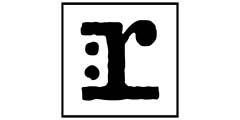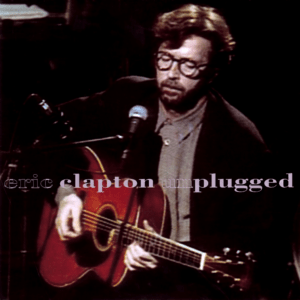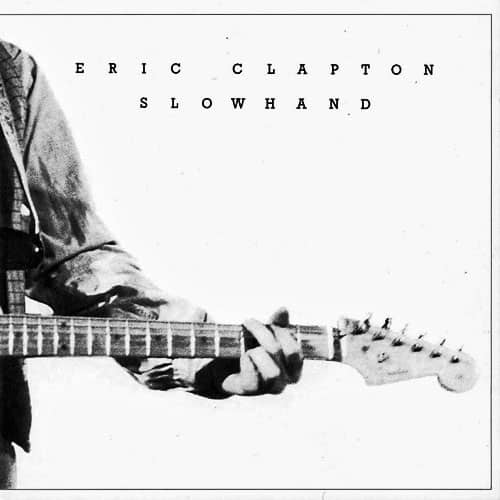Marketplace
2011 Reprise Records PRESSING
- Catalog Number 468412-1
- Release Year 2011
- Vinyl Mastering Engineer Bernie Grundman
- Pressing Weight 180g
- # of Disks 2
- Jacket Style Gatefold
Unplugged presents the full spectrum of Eric Clapton’s playing, so it sounds like him. Still, when he plays an old blues tune such When Eric Clapton appeared on “MTV Unplugged,” the show had been on the air for three years. His performance—and the resulting LP—doubtlessly rank as two of the most remarkable outcomes from the series’ 10-year history. Clapton, playing with a group of musicians he’d used on then-recent tours and recordings, appeared in a relaxed acoustic setting and revisited a few hits. He also covered some blues tunes by artists he’d championed over the years.
Two of the album’s 14 tracks, “Tears in Heaven” and a reworking of “Layla,” received heavy airplay and contributed to the recording’s enormous popularity. Indeed, since its release in 1992, the album has sold 26 million copies worldwide—10 million in the U.S. alone. The effort shows Clapton’s versatility, and its laidback journeying through his career all but assured its appeal to classic-rock radio and its listeners.
Although Unplugged appeared on vinyl in Europe on a single LP, Reprise’s two-LP Pallas-pressed set mastered by Bernie Grundman marked its first appearance on wax in the U.S. I was pleased at the amount of space and ambiance conveyed by the earlier pressing, but the newer pressing puts you in the middle of the audience and closer to the stage.
Bits of chatter and preparation by the musicians at the beginning of the album clearly come across, and when Clapton plays the bossa nova-flavored “Signe,” his classical guitar resonates with a rich, powerful sound. Cutting Unplugged over four sides instead of two expands the soundstage and gives instruments more room to register. Ray Cooper’s triangle rings out and sustains on “Signe,” and Steve Ferrone’s woodblock possesses a more satisfying fullness.
When Clapton and guitarist Andy Fairweather Low play the intro to Bo Diddley’s “Before You Accuse Me,” Reprise’s newer pressing separates the two guitarists and allows you to hear their interaction. The low register on Clapton’s Martin 000-42 proves more assertive, as well, and makes the music richer. Clapton’s voice is also better focused, with the extra reverb providing his singing extra force. His slide guitar technique on Son House’s “Walkin’ Blues” is equally more involving and impressive. The lengthy slides on low notes on the intro hang in the air and feature more momentum, and the fingerpicking easier to follow.
The two-LP pressing’s larger soundstage and increased transparency also let you hear the fullness of Clapton’s 12-string guitar on Lead Belly’s “Alberta” and bring Nathan East’s bass forward. Chuck Leavell’s piano solo sparkles and the 88s take on a three-dimensional quality. On the earlier pressing, the instruments on the rendition of Jesse Fuller’s “San Francisco Bay Blues” mass together and the sound of individual guitar strums remain confined to the background. Here, their driving rhythm is easy to hear, and Leavell’s piano emerges from the murk.
“Layla” has often sounded underpowered to my ears. I still prefer the original Derek and the Dominos recording, but the stripped-down arrangement is now fleshed out and much more layered and complex than on both the earlier LP and on the CD. Leavell’s harmonium underlines the sadness in Clapton’s voice on “Tears in Heaven” and, along with bits of percussion and other details, gets pulled forward here to add extra depth.
Importantly, Clapton’s voice also benefits from more focus and clarity. While some sibilance that remains inaudible on the earlier pressing occasionally surfaces, such instances are rare, and are a small price to pay for the more intimate view of the performance—not to mention the enhanced transparency and soundstaging. Even if you know this recording well, you may be surprised by how much of Clapton’s mastery on the blues tracks is made clearer—and by how much more of himself he gave to his own popular tunes.
Unplugged


 4.5
4.5
